
Everyone loves a good road trip.
(It’s as American as our now-faded dream.)
Over the years, I’ve driven across the West so many times, and remember them all.
These days, which resemble Bill Murray’s tortured existence in Punxsutawney, it’s hard to make memories. Days blend into days, and I find myself saying things in the afternoon like, “Honey, did I give you your gummy vitamins this morning, or was that yesterday?”
At first, when I went into lockdown 11 months ago, there was a sense of open-ended uncertainty, but also faith in the system.
I remember telling a friend in April that we’d likely be able to have our retreats in August, because by then, Americans would have access to instant-at-home-tests, so we’d know in a technological moment whether we were infected or not.
(It was obviously mis-placed optimism, which is a trait with which we Americans are often associated.)
It’s much harder to make memories in this new plague-year-lifestyle, and road trips are hard to come by, as where on Earth will one find a “safe” bathroom, if one needs to poop?
But I clearly remember the time my wife and I moved out of California, in 2002, and drove through the LA basin on our way East. (I foolishly diverted down from San Francisco to drop off some art I’d sold on the way out.)
We were stuck in traffic forever, but that’s not what I remember most.
No.
Rather, when we finally made it to the outskirts, in San Bernadino, I was shocked to my core when the mountains appeared out of nowhere.
The smog was so thick, the pollution denser than the QAnon theory, that I almost gasped for breath to realize there had been mountains there all along.
How could they be so hidden from view like that?
The grind of that drive across the megalopolis stayed with me, and the last time I drove across the LA basin, heading home with the family on a road trip in 2016, we woke up at 4:30am, and hit the road by 5, so we could cruise through the place without impediment.
It was so quick the second time around that we got cocky, and stopped for a leisurely breakfast in Victorville, at a 50’s themed diner, and I ate steak in the morning for the first time.
We gave back the hour we’d saved, and ended up in a traffic jam at the Arizona state line that traumatized me deeply.
Road trips!
So when I think of LA, I think of driving, as don’t we all?
Thankfully, I’ve had the opportunity to spend a lot of time there since the turn of the century, and have a feel for what the place is really like.
Despite the fact that I know the Westside beach communities best, I’ve seen enough to know that the glamour for which the city is known is an illusion.
Or perhaps a pocket.
There is so much endless asphalt.
So many places that don’t get our attention until things blow up, and buildings burn down.
It’s the LA of the immigrant narrative, or stories we know best from Ice Cube and Dr. Dre.
But it’s not the LA that has been packaged and sold around the world so many times.
It’s not the fame-driven economy that ultimately gave us a reality show President, even if he was from Queens. (Sorry. Now he’s a “Florida man,” as he was always meant to be.)
Last week, I featured a book that was made of and from the LA of the creators. The hipsters. Those that have a method of expression, and an audience ready to look.
And as often happens over the course of a nearly-decade-long book review column, the weeks flow together perfectly, because this morning I opened a box from Mack, in London, and something unexpected popped out.
It was “Seventy Two and One Half Miles Across Los Angeles,” by Mark Ruwedel, published in #2020.
This, my dear readers, is a book that taps into the monotonous LA reality that is there to be seen, if only one would choose to look.
If only one would step off I-10, hit the surface streets South of the big time, and pay attention to the endlessness of it all.
But apparently it’s not endless.
It’s 72 and one half miles wide.
The book doesn’t have much introductory information, beyond the title, but that alone, plus the manner in which it’s broken into sections, 12 miles a time, is enough to suggest the Eastward migration of the photographer’s camera.
And what do we see?
Shotgun shacks and highway underpasses.
Imperfectly cropped cars and sorry strip malls.
El Dorado, but not the famed village of Gold.
(Nor the fabled town from the Howard Hawks/John Wayne/James Caan western.)
There are few people, because nobody walks.
A divorce abogado charging only $499.
Drive-though burger joints.
And lots of taquerias.
(What I wouldn’t give for some proper California Mexican food right now.)
I’ve always felt that ideas tend to shift from West to East in the United States, and wrote here, with some alarm, as I watched the homelessness and environmental instability grow in California; bellwethers of Climate Change and economic inequality.
No fun.
But it’s an artist’s job to look at and process the culture, landscape, and time in which we’re living.
These pictures are often banal, because the place they were documenting is not that visually appealing.
(It’s anti-aesthetic, not Malibu.)
Then, you turn the page, and a visual masterpiece would pop out; perfect tonality and composition.
All mood; no boring.
That was a pretty cool trick in the editing.
Later on, halfway through, I remembered that I loved Mark Ruwedel’s older work of vanishing 19th century train tracks in the desert.
Sure enough, I turned the page, and there were vanishing train tracks.
I swear, it was as if they’d read my mind, which is also the sign of some great sequencing. (And attention to detail.)
Finally, we make it to smoggy San Bernadino, after some LA river aqueduct scenes that made me think of “Grease,” and we get to the final essays, which provide some context.
Apparently, the book was the brainchild of the writer Nigel Raab, who in fact walked the entire 72 and a half mile route from his home on the Southwest side of the basin, recorded it with a pedometer, and then invited Mark Ruwedel to make photos of his route. (The photographer used a car, wisely.)
The connection to Ed Ruscha’s “Every Building on the Sunset Strip” is strong, but why not, as that’s one of the seminal pieces in the History of Photography?
And Raab’s essay confirmed my read on the book in general, and the “Grease” reference in my mind, but corrected me, as it’s not the LA river, but the San Gabriel. (My bad.)
Personally, I’m looking forward to the days when I can drive around places like LA, bitching about the traffic. I learned to use the surface streets years ago, mostly to good effect, but I’ve certainly never walked very far there.
Much less 72 and one half miles.
Thankfully, I didn’t have to, because this book does it for us.
A healthy dose of distraction this morning, on another day in quarantine. (But at least the sun is out!)
To purchase “Seventy Two and One Half Miles” click here
If you’d like to submit a book for potential review, please contact me directly at jonathanblaustein@gmail.com. We are particularly interested in books by women, and artists of color, so we may maintain a balanced program.
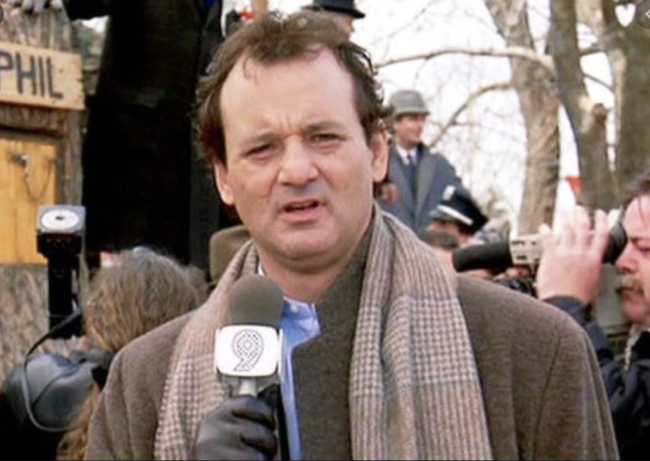


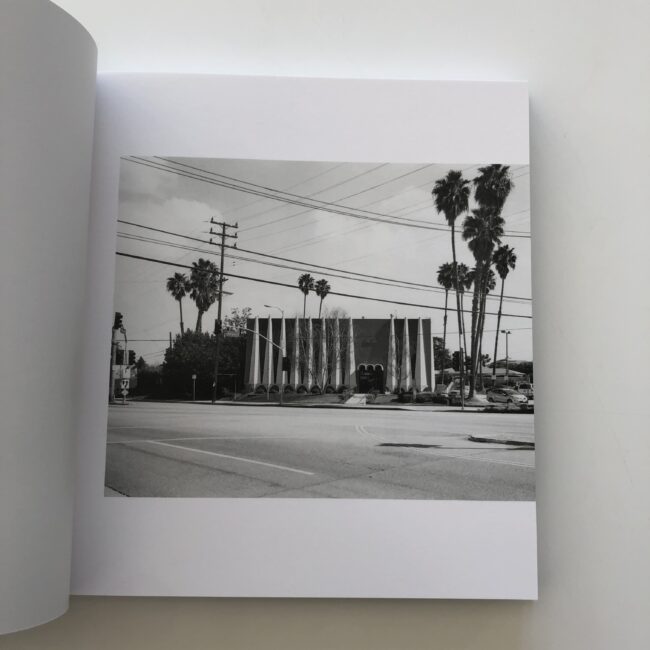
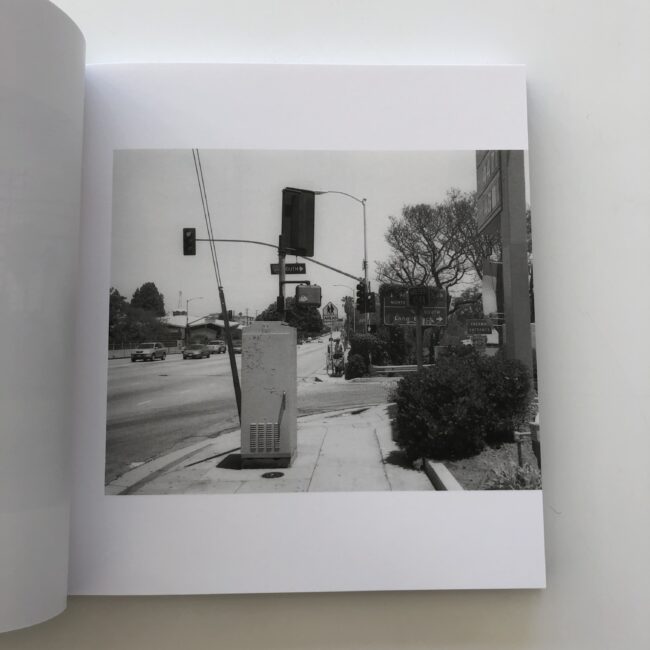
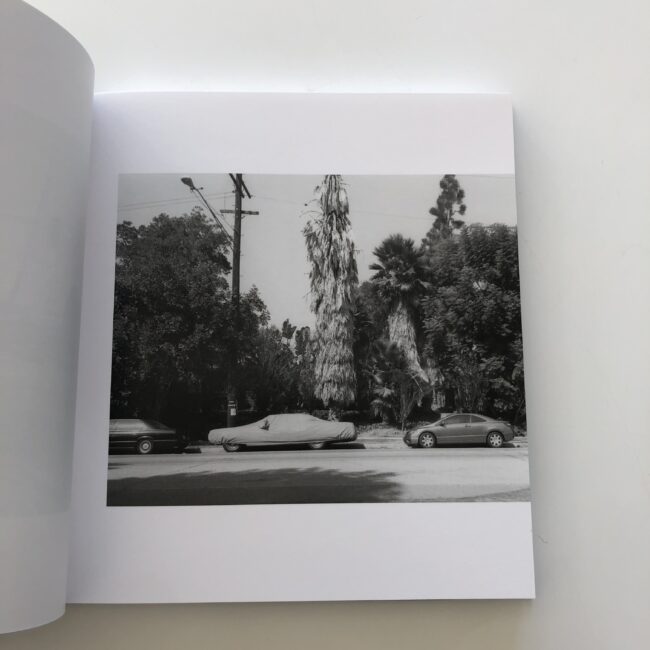
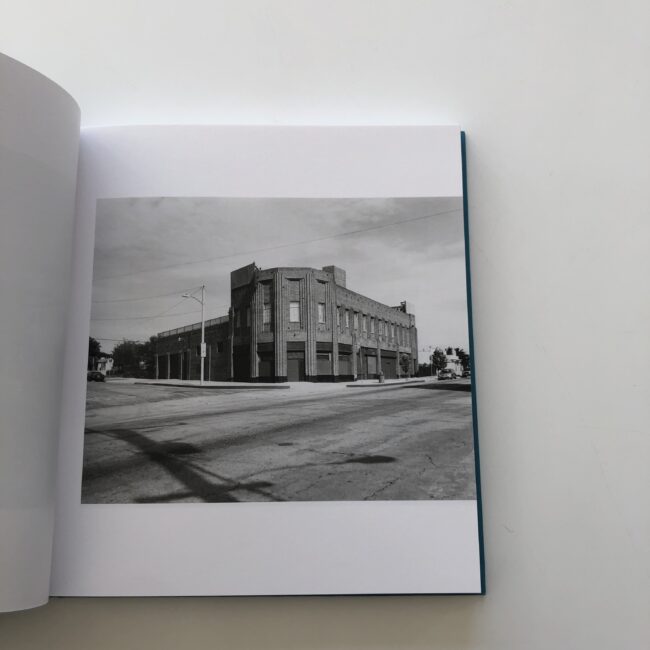

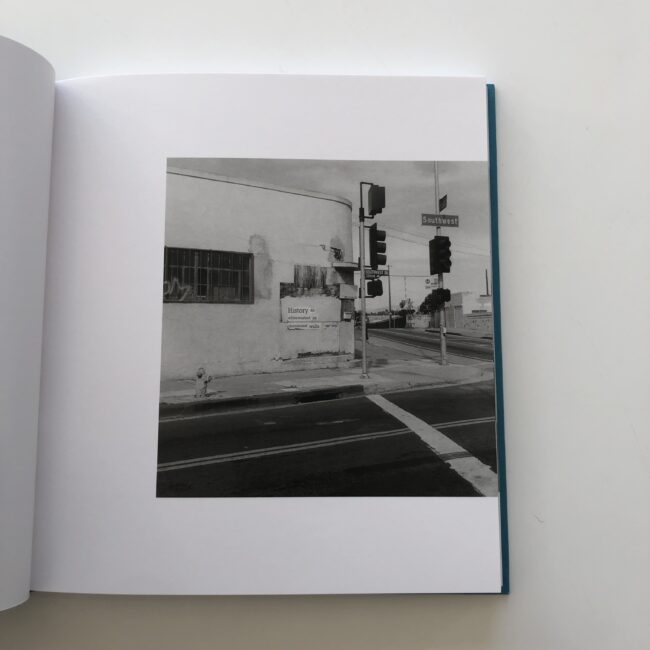
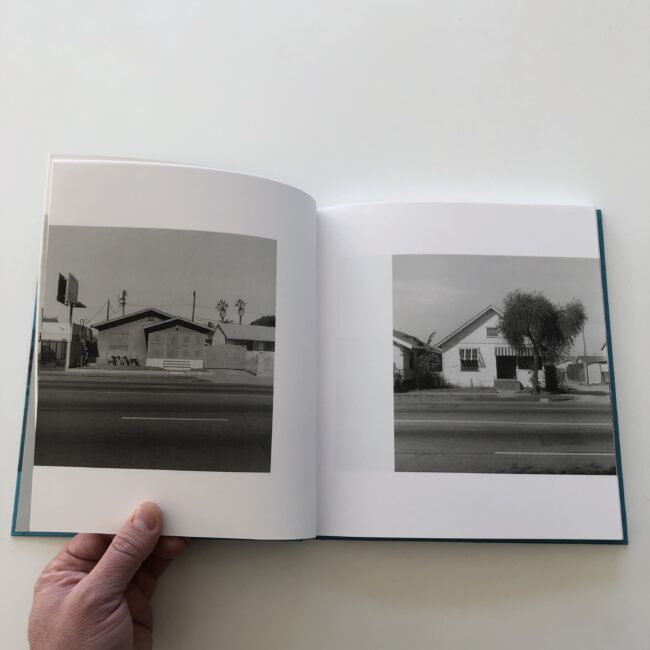
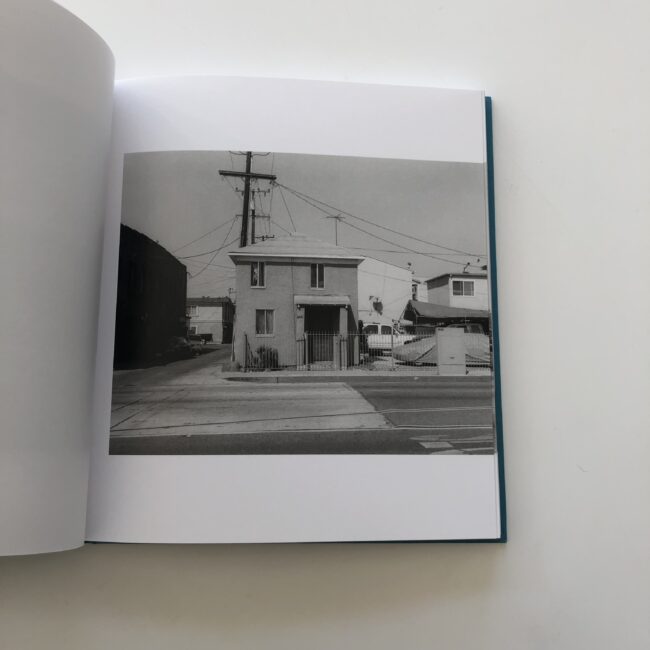
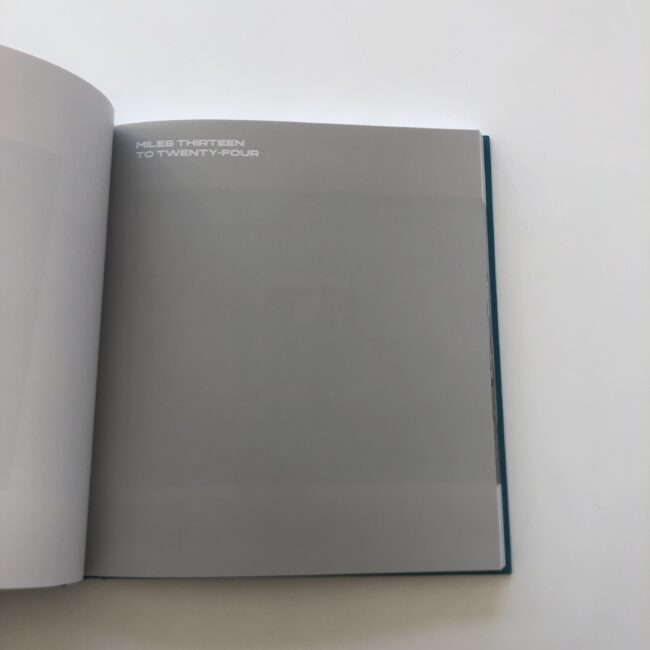
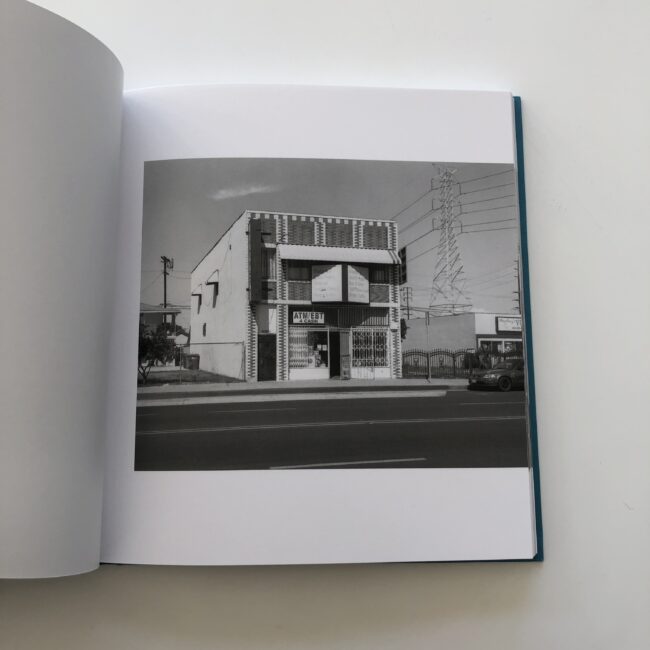

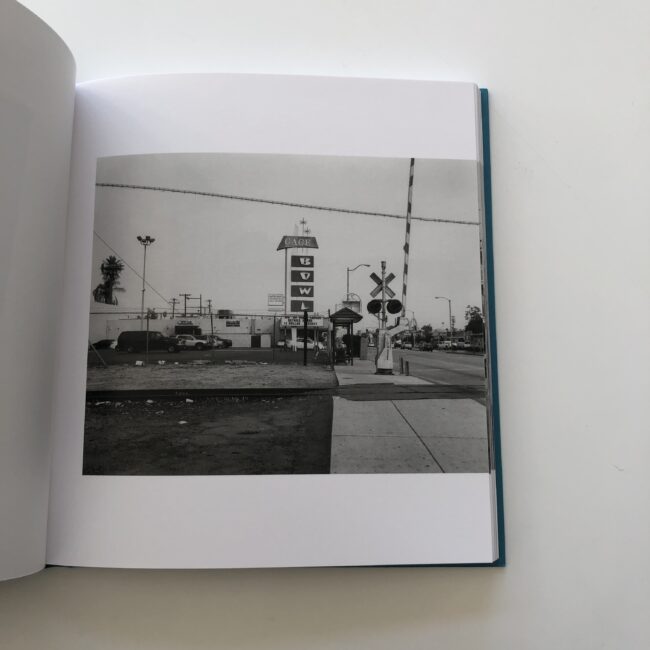
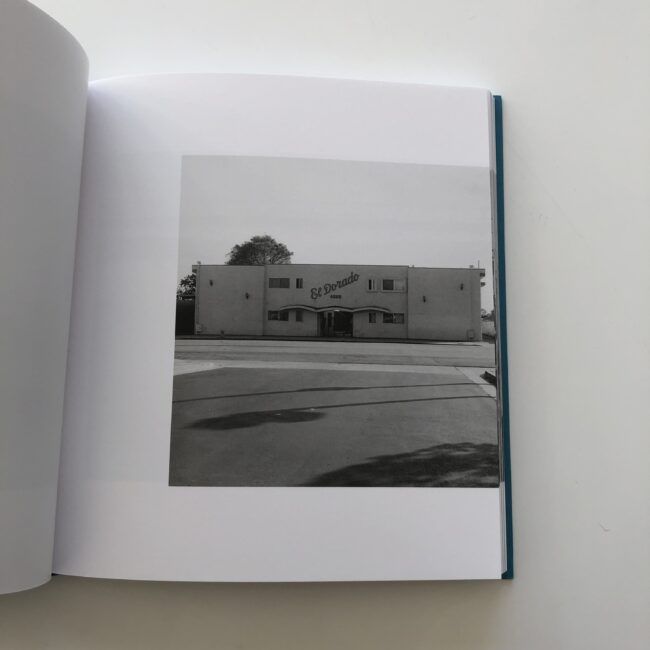
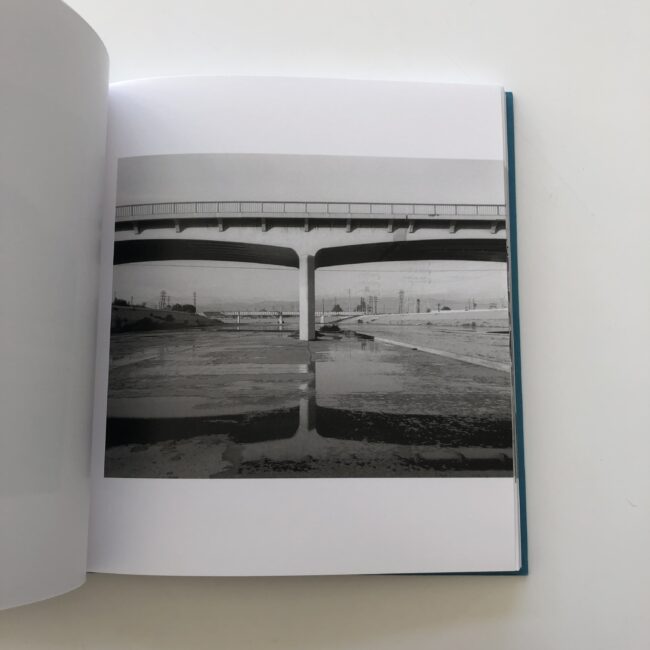

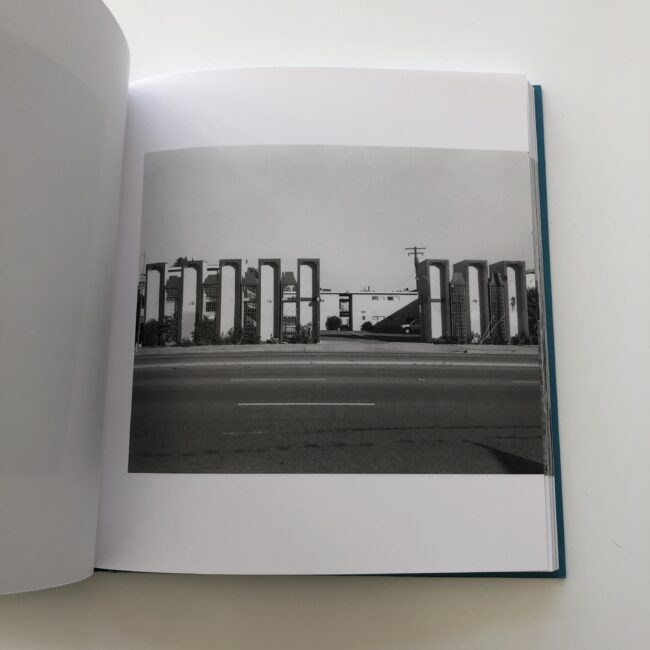
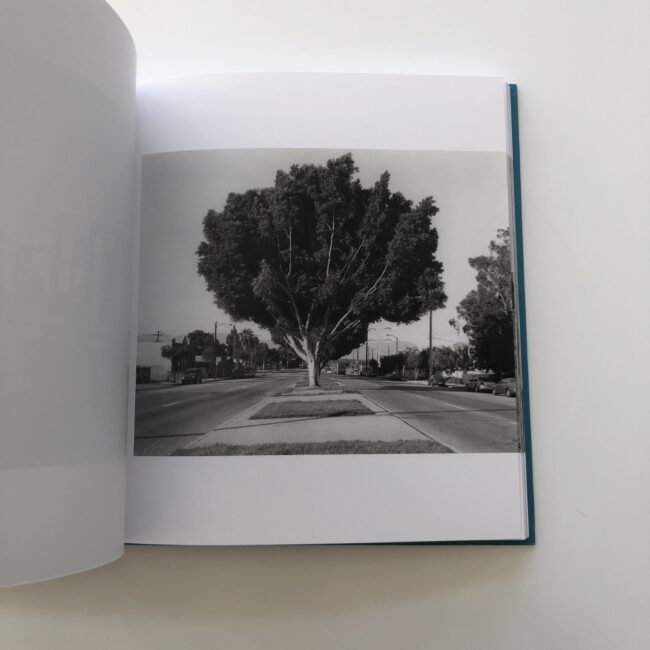
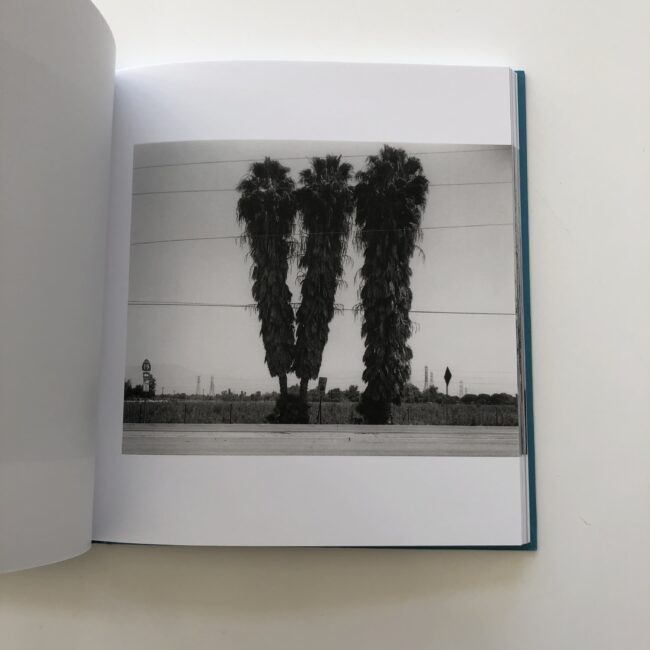

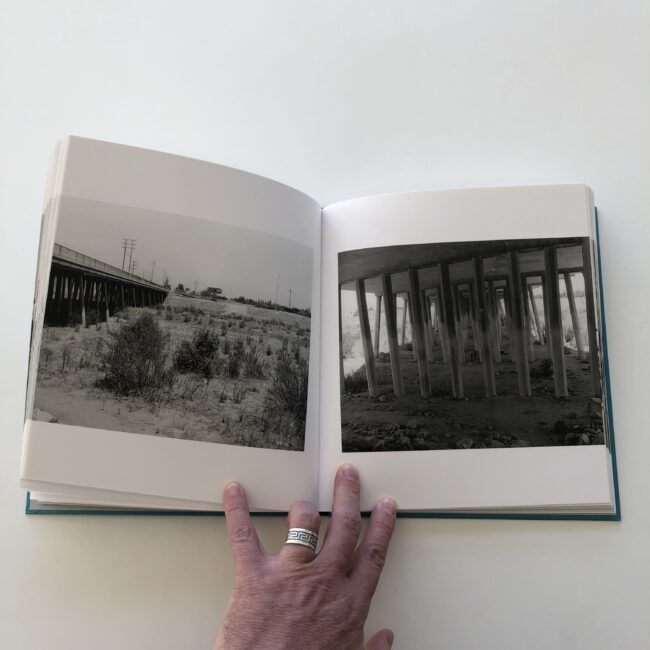
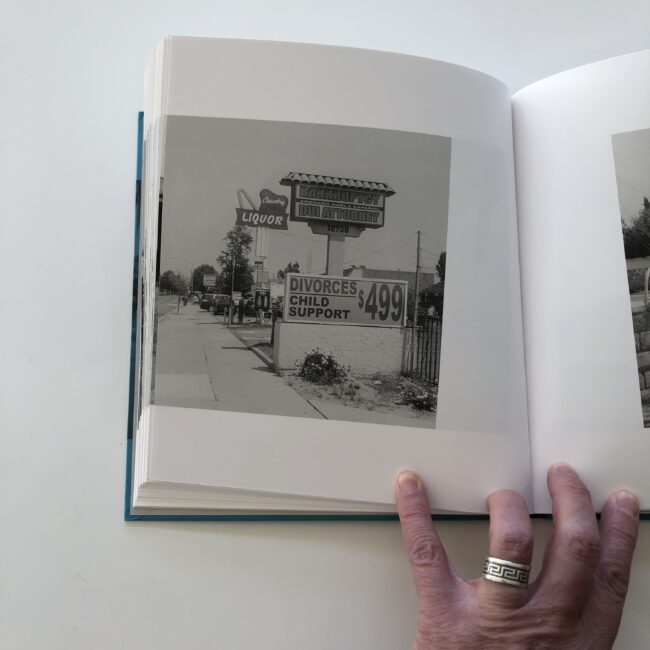
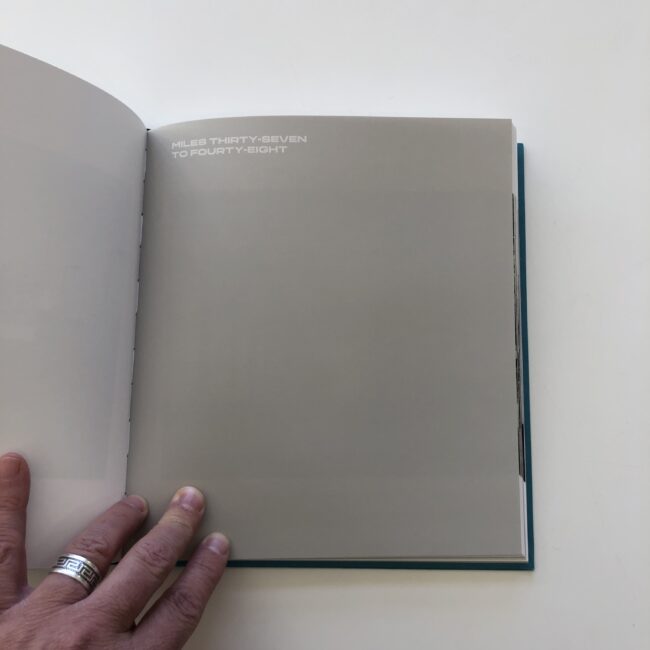
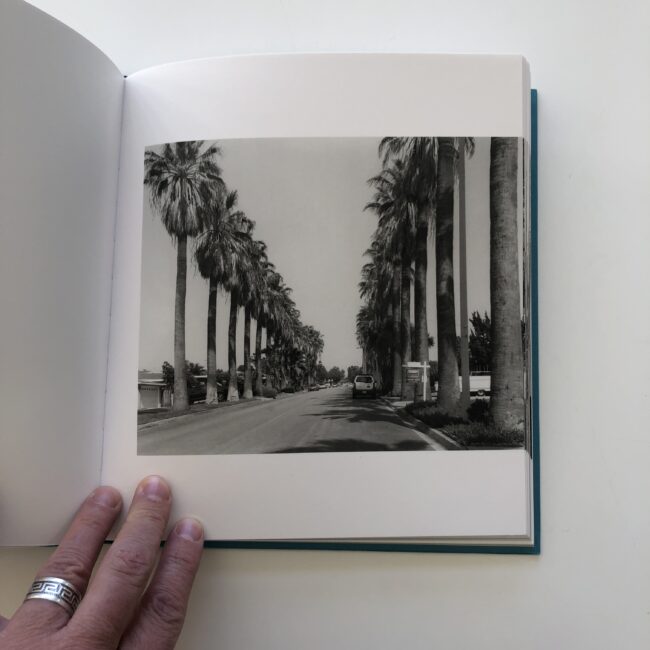
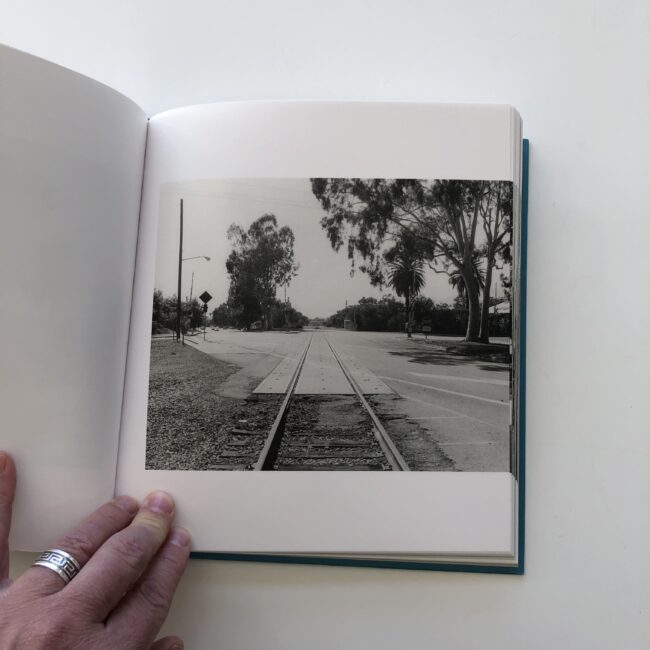
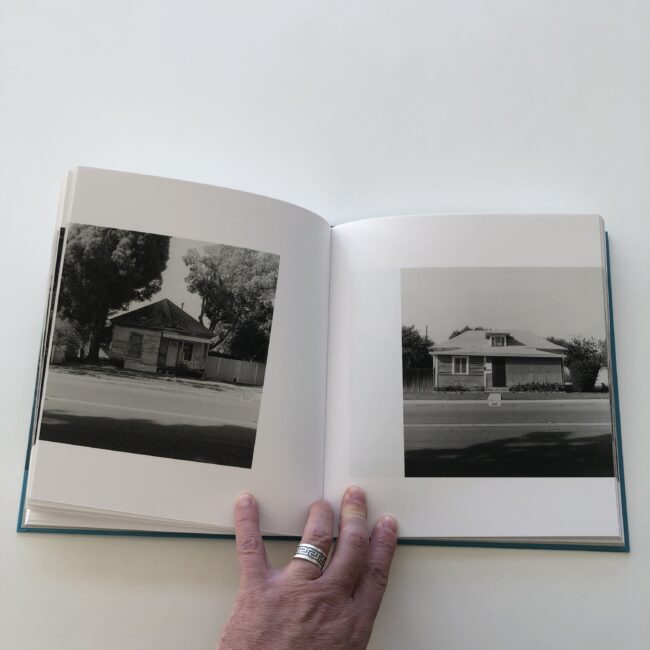
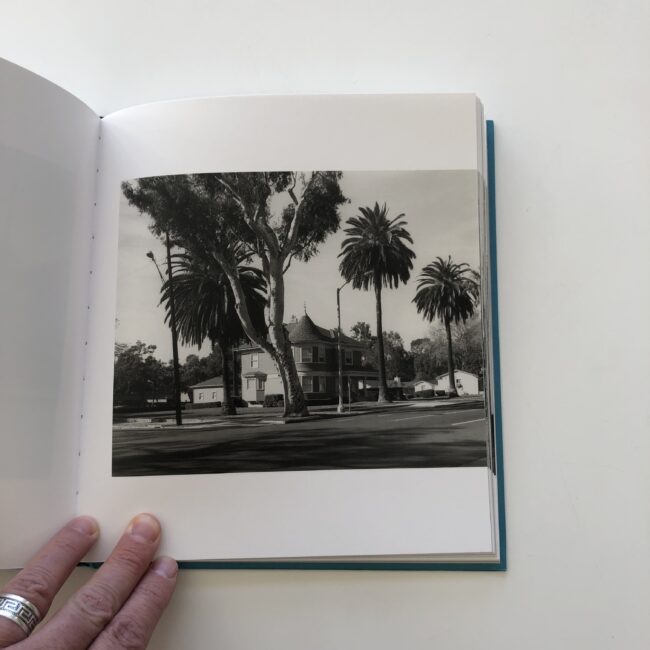
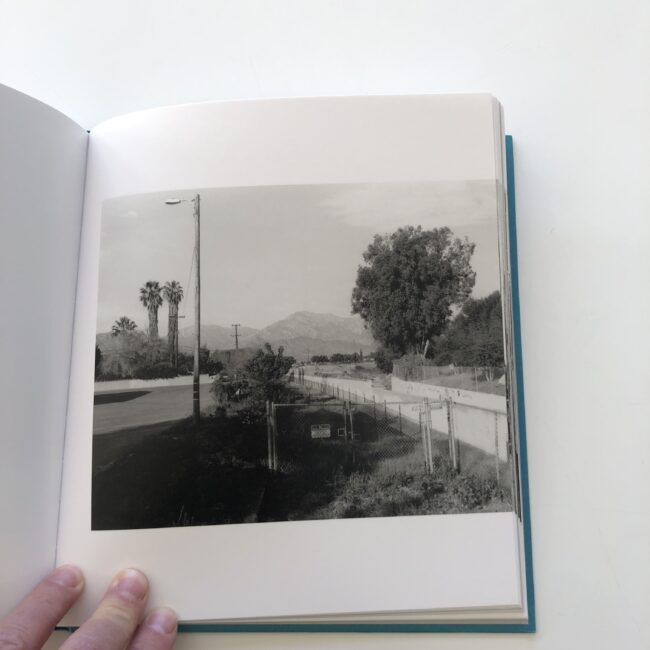
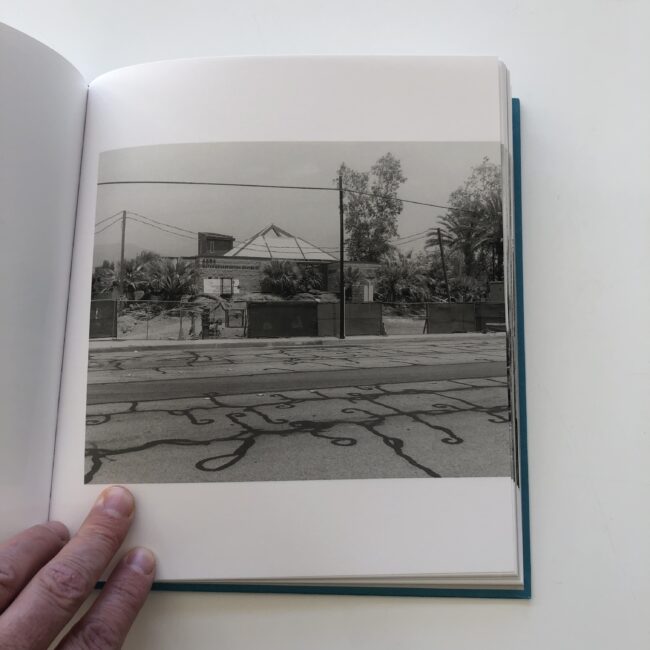
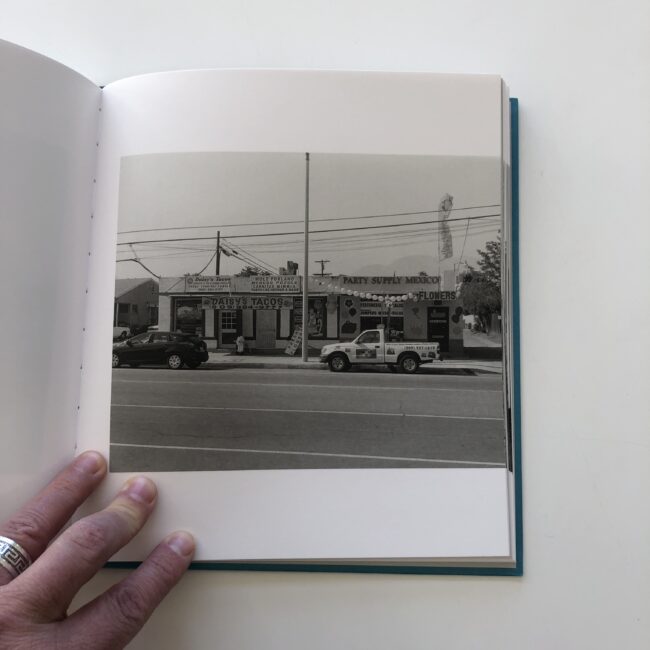
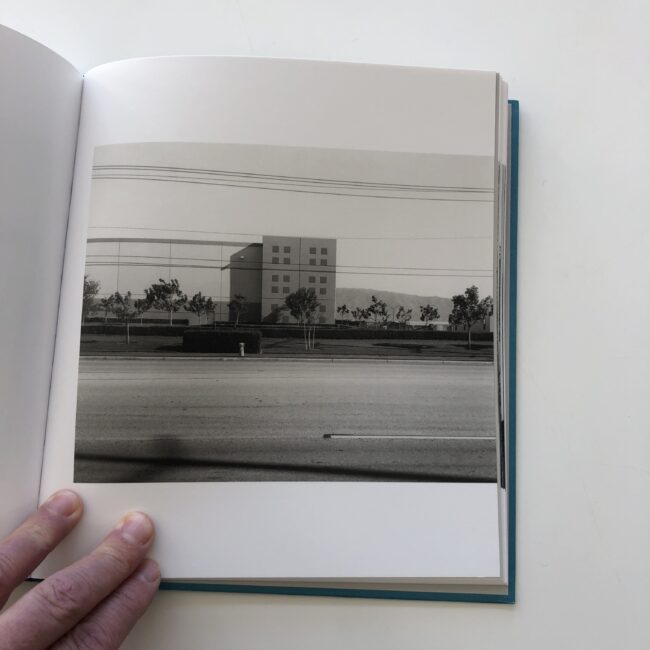
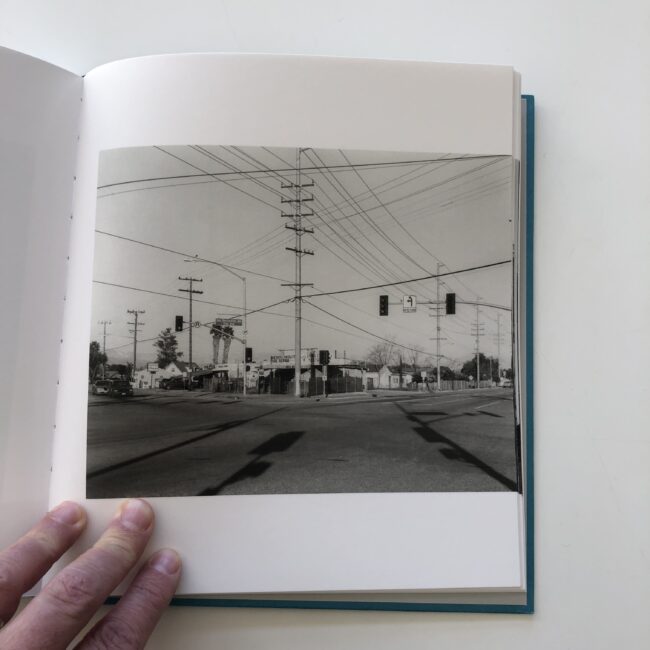

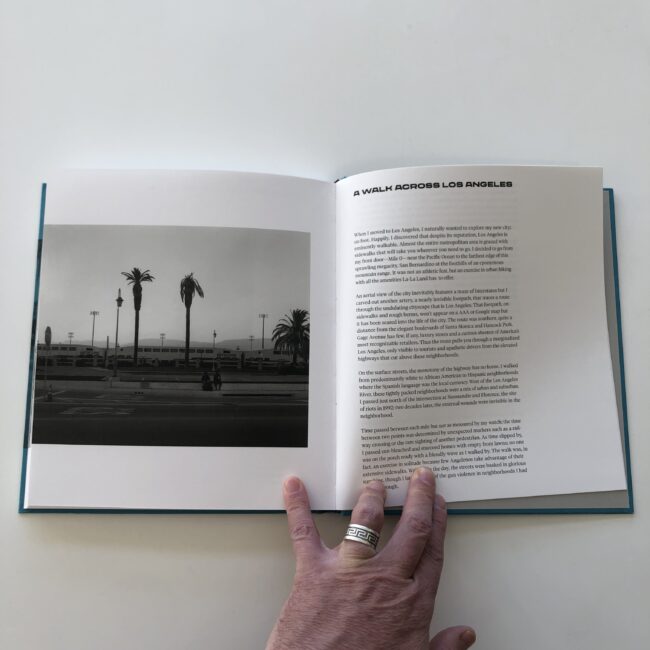

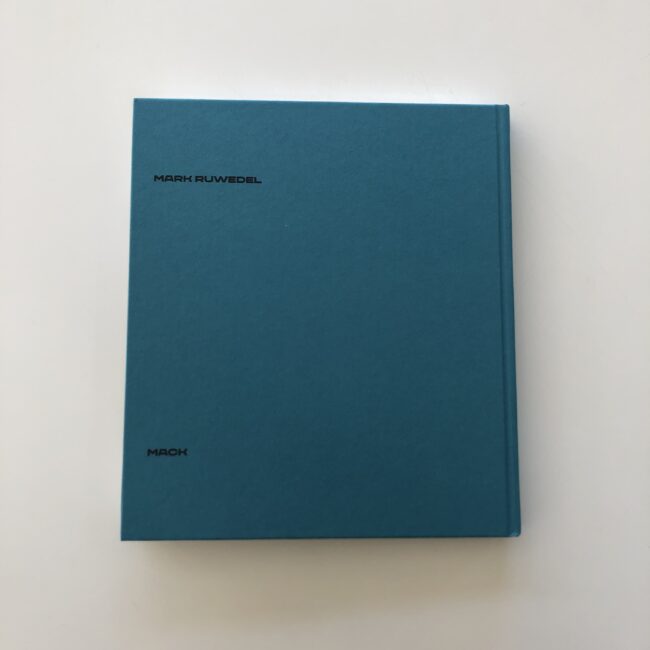
1 Comment
I spend a lot of time driving around LA photographing architecture. 22 years in LA and there’s still so much more amazing architecture and cityscapes to photograph. Love exploring the city on neighborhood streets. Interesting book and in B & W👍🏻
Comments are closed for this article!